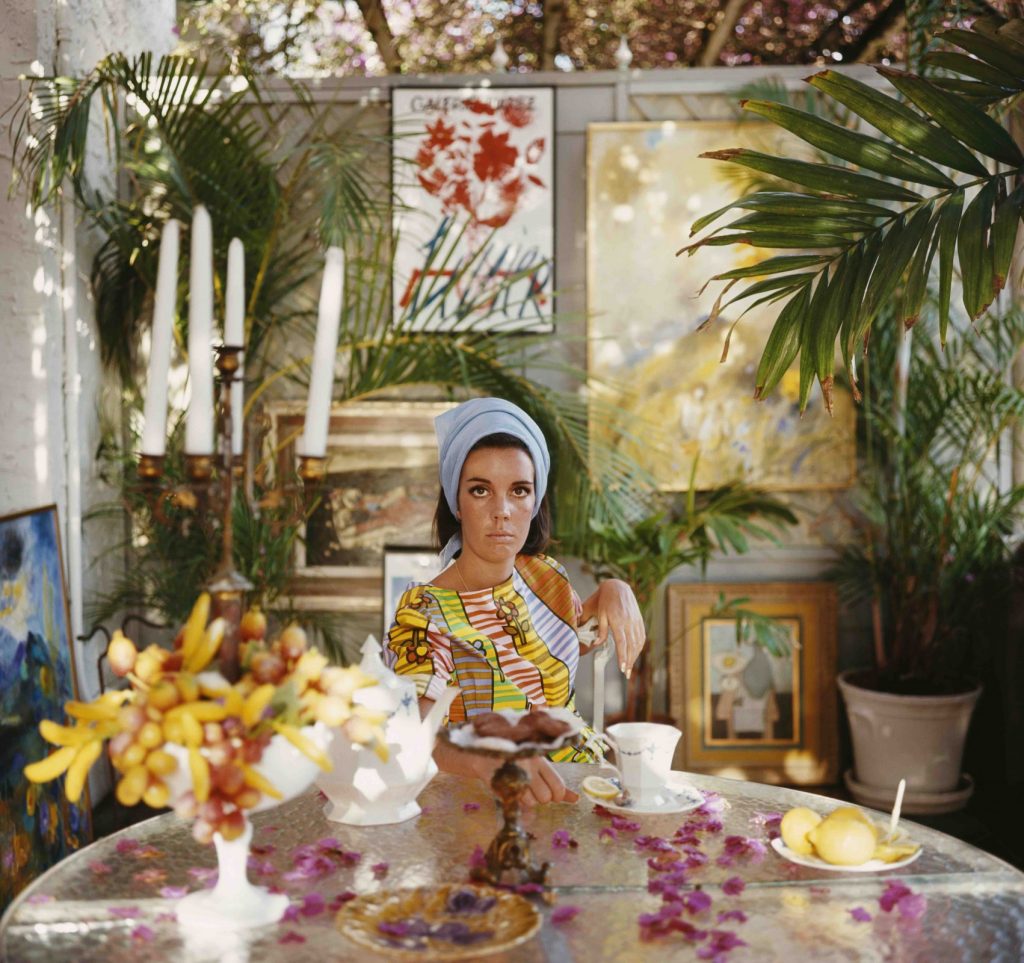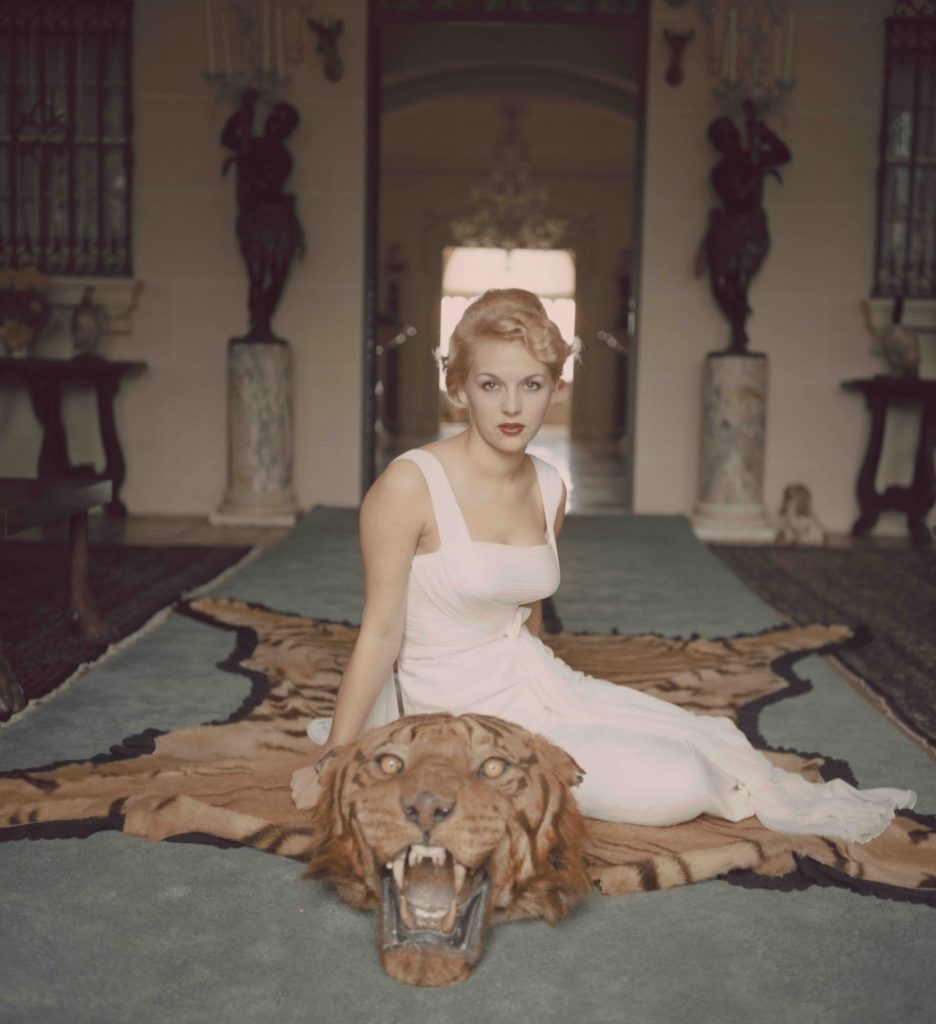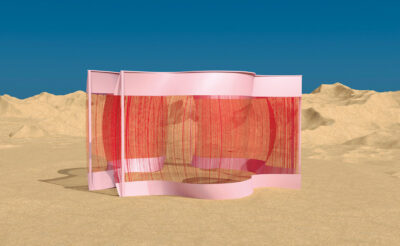“We fought all over the world,” laughs Laura Hawk. “Walking down the Avenida Alvear in Buenos Aires, walking down a cobblestoned street in Patmos, Greece, driving through the Mont Blanc Tunnel connecting France and Italy...” The quarrels in question took place with none other than Slim Aarons, the celebrated society photographer who once branded his life’s work as “photographing attractive people doing attractive things in attractive places”.
In the year that would have seen Aarons turn 100, his winning formula finds focus once more in Hawk’s retrospective photobook, ‘Slim Aarons: Women’. A spotlight shone onto the image-maker’s female muses from Kennedy to Monroe, the tome encapsulates their photographs, which are the fruit of the many fights that took place while Hawk was Aarons’s assistant. “His work habits were set in stone,” recalls Hawk, who was tasked with handling everything for Aarons from writing and problem-solving to on-set bouncer.
For 10 days every other year, the pair would descend upon the watering holes where the glitterati gathered in Gstaad, St. Moritz, Lyford, and Cay. Their routine at these locales remained meticulous and unaltered. “We arrived at the hotel, usually jet-lagged, and went to sleep for a couple of hours – no more!” Hawk smiles. “Then, we would wake up from the sleep of the dead, have a quick snack in one of the public rooms of the hotel (always with the idea of seeing who is in town), and strike out on foot.” Their mission was to discover the latest haunts for Aarons’s subjects and to see whom they might run into. “This was Slim’s formula and it worked beautifully,” she recounts. Invariably, they would run into people Aarons knew, set up appointments and the story would unfold from there.
The history of photography has produced few image-makers that were able to move amongst elite circles as freely as Aarons did. Lending his lens to Life, Town & Country and Holiday, Aarons documented a pristine luxury that was available to none but a privileged few. Through charm and charisma, he became a trusted member of an inner circle that included royals, socialites, the ultra famous and the ultra wealthy. Their trust was built, in part, due to the widespread knowledge that Aarons would never
Lady Daphne Cameron, 1959 let a bad photo surface. He had a propensity for putting them at ease and carried all of his equipment himself, including his film. “He loaded his own film and unpacked and packed his own equipment,” says Hawk.
Aarons was content with making the stars shine even more brightly. He captured his subjects relaxed in their own environment, with soft, natural lighting. But, what was life like for Aarons’s women? His definitive photographs that depict a nervous Monroe surrounded by fan mail or guests gathered around the Canellopoulos penthouse pool have been celebrated, and endlessly. With an emphasis on pleasure, this almost fictional world makes Aarons’s oeuvre an antidote to society’s fixation with raw reality. “Beautiful women often hold a fascination for many people,” muses Hawk on Aarons’s enduring appeal. “When you add a great name or background, a wonderful sense of style and sophistication, as many of his subjects had, it’s just a winning combination.”
Despite the exuberant exteriors as with life, at times, the cracks appeared. “I’ve been entranced by this photo from the first time I laid eyes on it,” says Hawk when she looks to the shot of Lady Daphne Cameron, sprawled on a tiger skin throw. “I find her to be quite sad, in the vein of some photos of Marilyn Monroe over the years. Quite beautiful, but not terribly happy.” Fortunately, as Hawk recounts, Slim was ‘quick to get over irritations’, as was she. They moved beyond whatever the momentary slump was and continued to make the good life look great well into the ’80s. Much has changed of the world that Aarons knew, yet his work still strikes a cord. Perhaps that’s the draw. He lets us in to a gilded and nostalgic world that’s no longer there.





